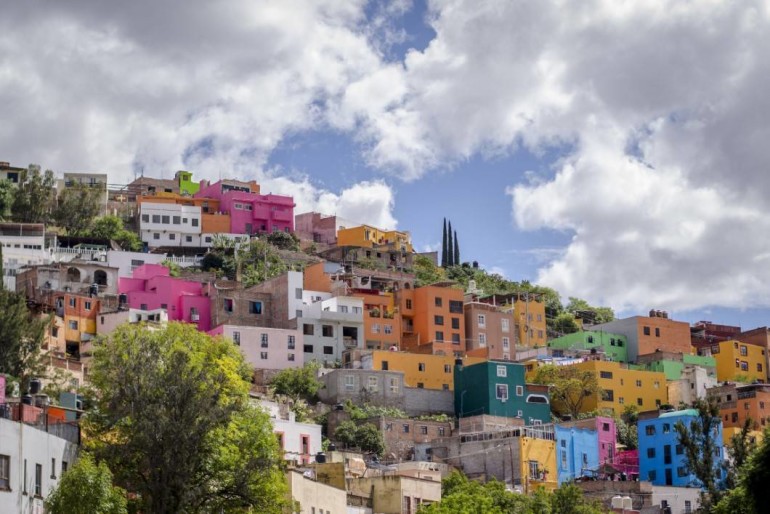Sponsored Listings:
Cities such as Bogotá, Quito, Lima, and Mexico City have earned a place among world travelers. In Latin America, tourism accounts for 127.4 billion dollars of the GDP (3.1% in total), and that was just in 2017. Urban tourism is developing fast.
Ostelea, School of Tourism Management, conducted an in-depth study of the sector in Latin America, highlighting that the region is going through a stage of transformation of its main cities, which are now being perceived and introduced as tourist cities: the intense urbanization, population on the rise, and tertiary activities are among their main features.
The analysis also explains the new forms of mobility, as well as temporary residence of large population groups around the globe, determined and driven by the development and implementation of new infrastructure such as transport systems, more middle-class citizens, promotion of public policies and international agreements, which have significantly eased mobility of people and capital. All this has a very important impact on the tourism outlook of Latin America.
Experts emphasize that tourism is a phenomenon characterized by the transformation and transfiguration of existing scenarios. Its urban side represents the last frontier of practices that have been replacing, over time, the traditional attractive sun-and-beach locations for cities that have been revealed as potential tourist destinations. In this sense, they have been reconfigured due to an emerging functionality, providing new services and products to new eyes interested in urban culture, heritage elements, services and tertiary activities.
In Latin American, tourism accounted for 127.4 billion dollars of the total GDP (3.1%) in 2017. This same contribution is expected to generate 179.7 billion dollars in 2028, that is, an increase of over 41% in just ten years. These figures reveal the importance that urban tourism could have for the continent.
The study explains that Bogotá has established itself as a reference point for fairs and congresses, having enough resources to attract visitors beyond the traditional historic center and business areas. According to the government agency ProColombia, the capital of the country is the most visited city and received more than 800,000 visitors in just the first quarter of 2018, surpassing by more than half a million the number of visitors to Cartagena, which is ranked second on the list.
The number of travelers has been increasing for several years, which increases close to 10% in the last two years. In Bogotá, tourist accommodations have been on the rise thanks to the demand. Up to 107,000 new rooms were listed in 2017, which is directly related to its position within international destinations chosen for different fairs and congresses.

Among the most important challenges to overcome, shared by other tourist cities in Latin America as well, are security, establishing regulatory and legal frameworks for the creation of tourism companies, and strategies to attract investment for equipment and infrastructure that increase connectivity of the destinations.
In the same way, the tourism industry in Latin America should keep working to attract tourists who look for authentic and personalized experiences, something that has caused a strong but positive diversification of destinations and related companies and services.
In general, tourists in Latin America have certain travel motivations that must be taken into account when launching tourism promotion campaigns; and while leisure is still the priority, work, congresses, and conventions also have significant importance:
Travel Motivation in Latin America
- Leisure: 74 %
- Work: 19 %
- Congresses and conventions: 7 %
The tourism call of cities in this continent has shown very different evolution features by locations, compared to cities such as Paris, Berlin, Amsterdam, Rome or Barcelona. Here, the factors that have determined its urbanization have emerged in response to highly differential elements. Some elements include the relative youth of the continent, the almost simultaneous generation, and the fact of not being a result of spontaneous urban settlements in response to economic needs, but of a previously determined planning based on different motivations.
Source: tourism-review.com










